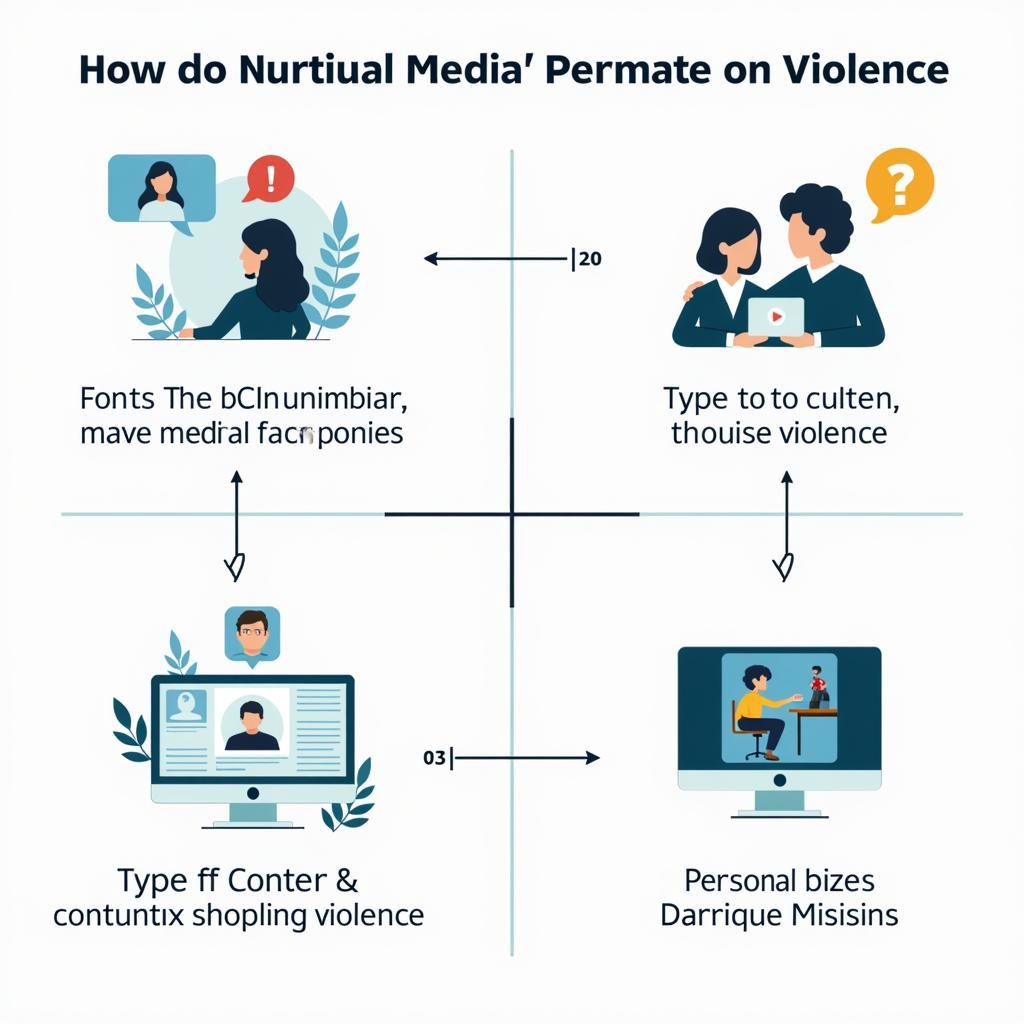The phrase “O-dog Menace To Society” often evokes images of the character O-Dog from the 1993 film Menace II Society. This article explores the impact of such media portrayals on public perception of violence, particularly within marginalized communities. We will delve into how these representations can shape societal views, perpetuate stereotypes, and influence real-world discussions on crime and social justice.
One key aspect to consider is the film’s historical context. Menace II Society emerged during a period of heightened social tension surrounding gang violence and urban decay in the United States. The film aimed to depict the harsh realities faced by many young people growing up in these environments. However, the portrayal of characters like O-Dog, while intended to be a reflection of systemic issues, also risks reinforcing negative stereotypes. The question then becomes, how do we reconcile the artistic intent with the potential for misinterpretation and harmful impact?
The Power of Media Representation and “O-Dog Menace to Society”
Media, particularly film and television, holds significant power in shaping public opinion. When characters like O-Dog are presented as the face of a community, it can lead to the stigmatization and marginalization of entire groups. This can, in turn, influence policy decisions and resource allocation, further exacerbating existing inequalities. The term “o-dog menace to society” itself can become a shorthand for a complex set of social problems, simplifying nuanced issues into a single, easily digestible narrative.
 Media's Influence on Violence Perception
Media's Influence on Violence Perception
Beyond the Stereotype: Understanding the Root Causes
It is crucial to move beyond simply labeling individuals or communities as a “menace to society” and delve into the root causes of violence. This requires acknowledging the systemic factors, such as poverty, lack of opportunity, and institutional racism, that contribute to these complex issues. By focusing solely on the symptoms, as sensationalized portrayals often do, we risk neglecting the underlying issues that need to be addressed.
menace to society o dog not real
Promoting Dialogue and Understanding
How can we use media to foster understanding and empathy instead of perpetuating harmful stereotypes? One approach is to provide more nuanced and diverse representations of individuals and communities often labeled as “dangerous.” This involves showcasing the complexities of their lived experiences, highlighting their resilience, and challenging simplistic narratives.
border collie society of america
Challenging the “O-Dog Menace to Society” Narrative
By promoting dialogue and critical thinking, we can challenge the “o-dog menace to society” narrative and encourage a more informed and compassionate approach to addressing issues of violence and social inequality. This requires engaging with different perspectives, actively seeking out diverse voices, and being willing to question our own biases.
 Community Dialogue for Social Change
Community Dialogue for Social Change
In conclusion, while the “o-dog menace to society” label might be a readily recognizable reference, it’s crucial to acknowledge its potential for harm. By understanding the power of media representation and engaging in critical dialogue, we can work towards a more just and peaceful society.
FAQ
- How does Menace II Society contribute to the discussion of violence?
- What are the dangers of using the “o-dog menace to society” label?
- How can we promote more nuanced portrayals of marginalized communities?
- What are some alternative ways to address the root causes of violence?
- How can media be used to foster empathy and understanding?
For support contact us at Phone: 02043854663, Email: [email protected] or visit us at Zone 34, Bac Giang, 260000, Vietnam. We have a 24/7 customer service team.